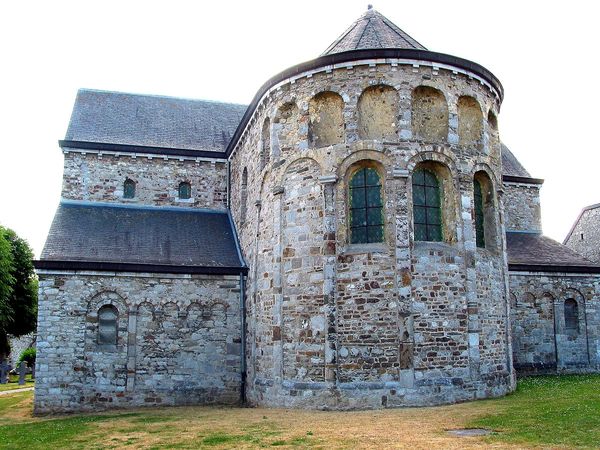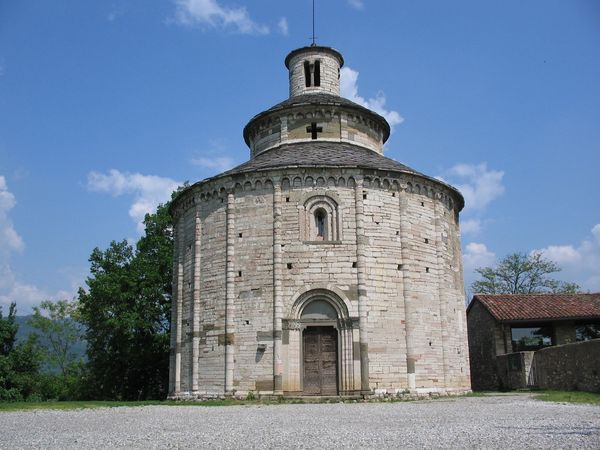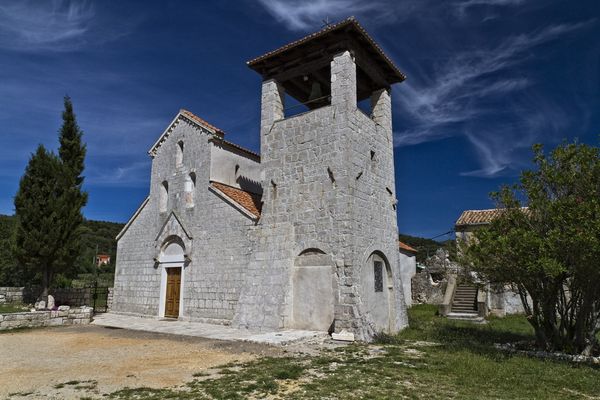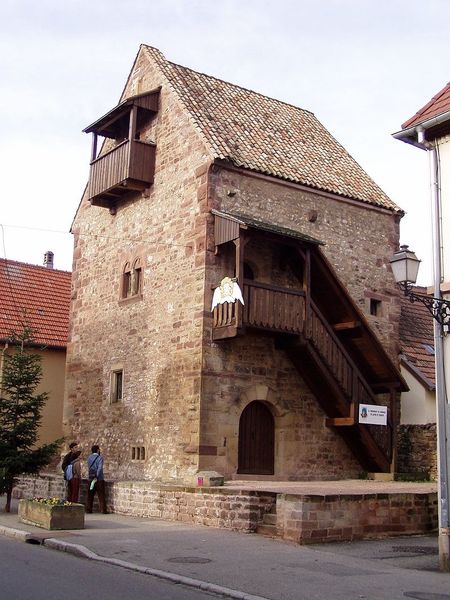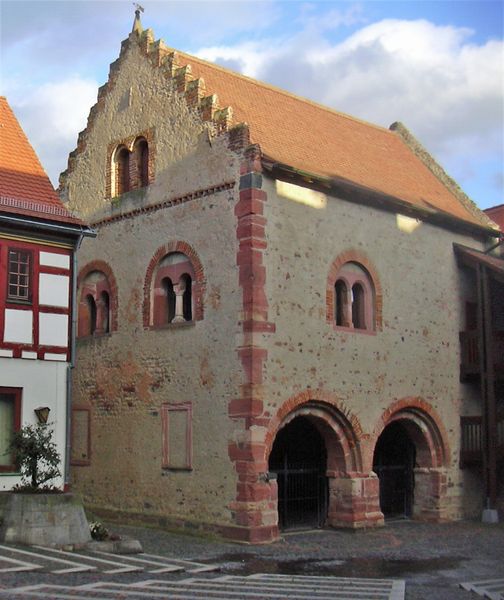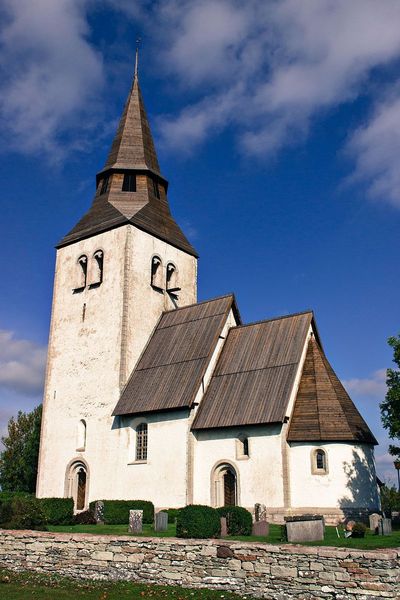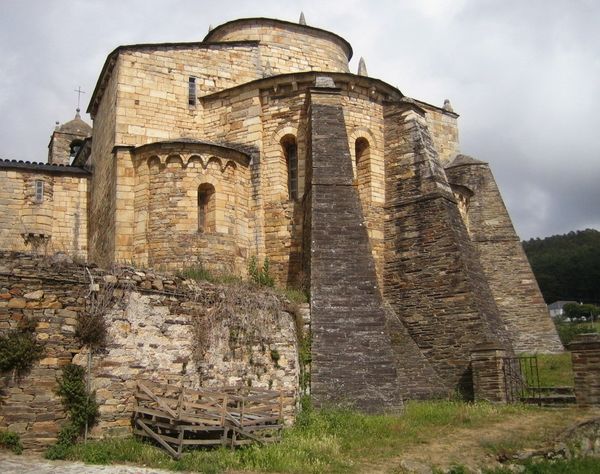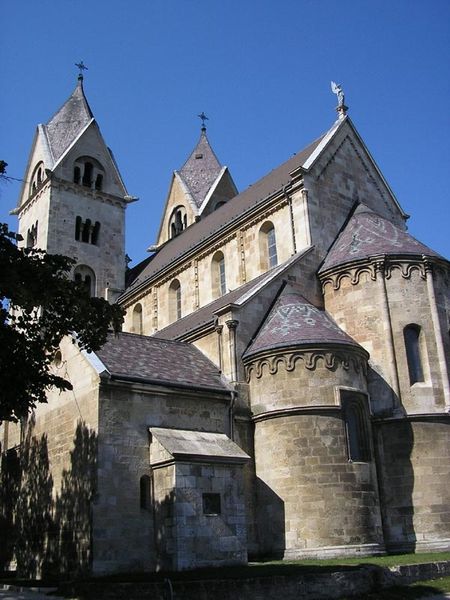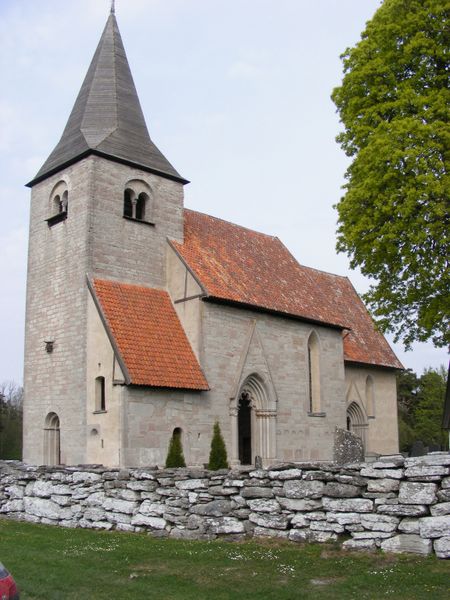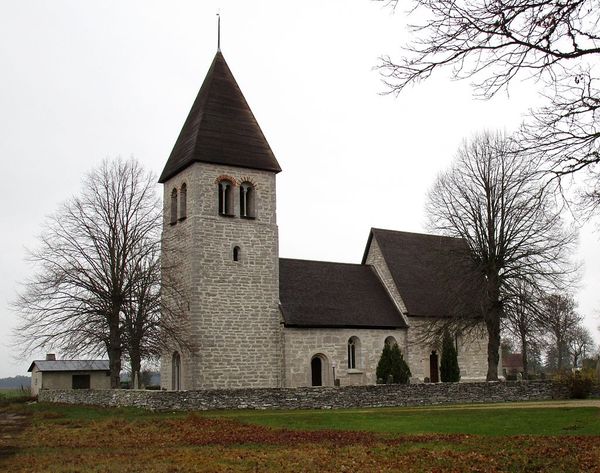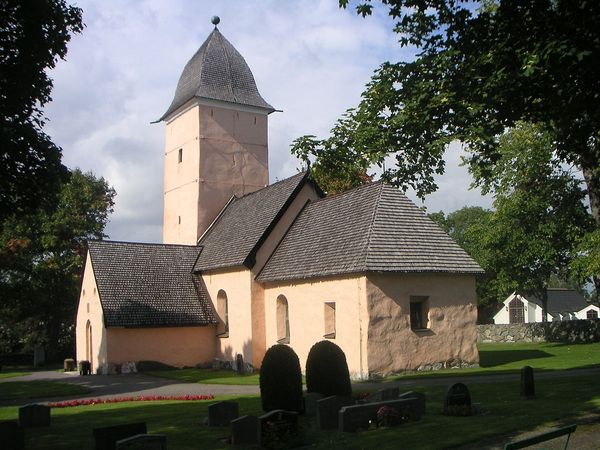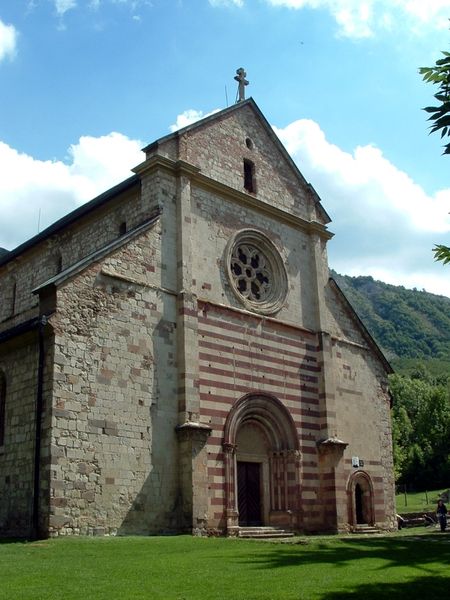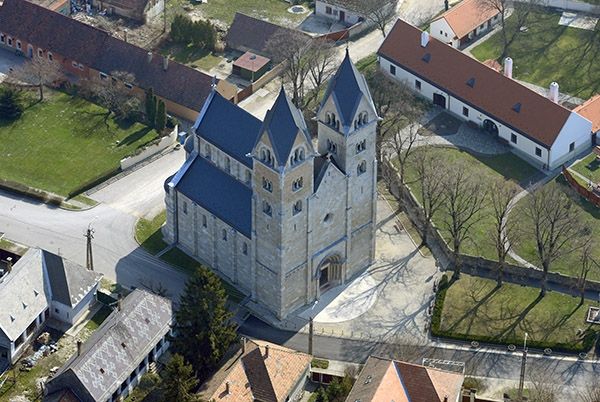
carving, ceramic, architecture
#
medieval
#
carving
#
landscape
#
ceramic
#
historic architecture
#
romanesque
#
architecture
Copyright: Public domain
Editor: Here we have an image of the Cistercian Abbey in Belapatfalva, Hungary, built around 1232. The primary material seems to be stone, giving it a sturdy, almost fortress-like presence. What can you tell me about the making of this piece? Curator: This Abbey provides an excellent lens through which to view the intersection of material and meaning. Note the roughly hewn stones, evidencing the sheer labor required to extract, transport, and assemble them. This wasn’t just architecture; it was an assertion of power, made visible through the control of resources and human effort. Editor: It's fascinating to think about the manual labor involved, compared to modern construction techniques. Curator: Precisely. Think about the social context: Who were the stonemasons? Were they local artisans or brought in from afar? How were they compensated, and what role did the Abbey play in the local economy? The architecture is itself a document, reflecting the socio-economic structure of the time. What about the relationship between material availability and aesthetic choice? Editor: It definitely gives a new perspective on the relationship between power and artistry in this era. So the Abbey isn't just a pretty building, it’s an embodiment of medieval systems. Curator: Absolutely. By examining the material composition and the labor involved, we gain insight into the culture that produced it, transcending the limitations of stylistic classification and the conventional "high art" focus on aesthetics. Editor: This conversation has transformed how I see the building. Now I can appreciate how this construction process really represents social context and labor. Curator: I'm glad to hear it. This deeper understanding helps us question established norms and appreciate architecture not just for how it looks, but for what it reveals about society.
Comments
No comments
Be the first to comment and join the conversation on the ultimate creative platform.
